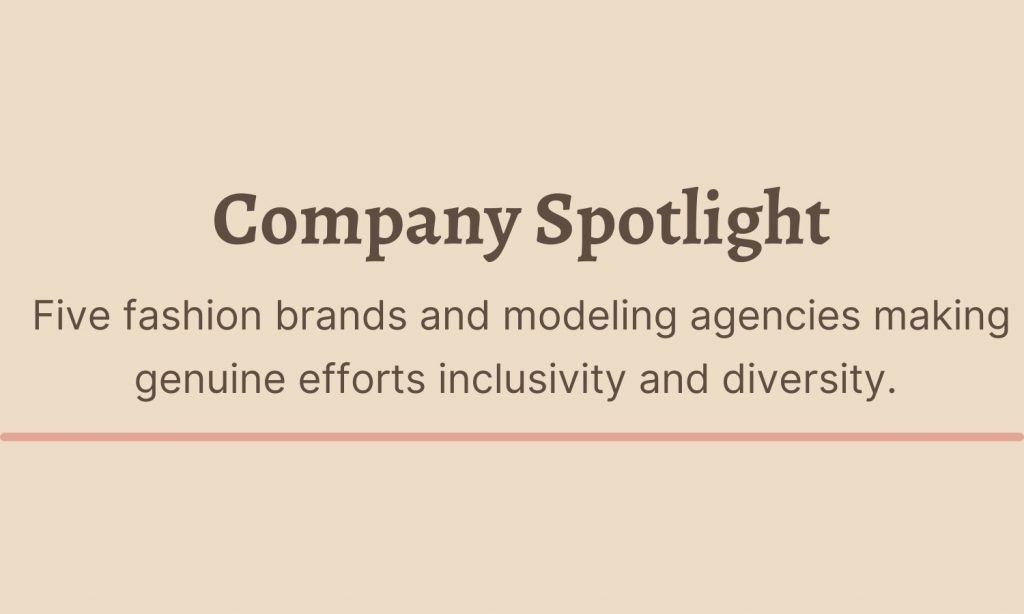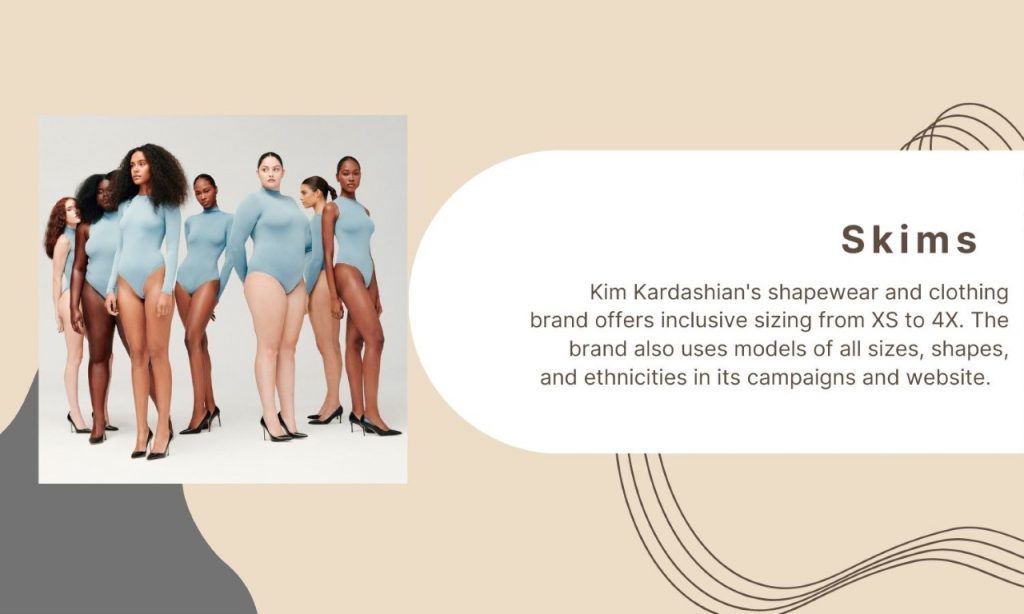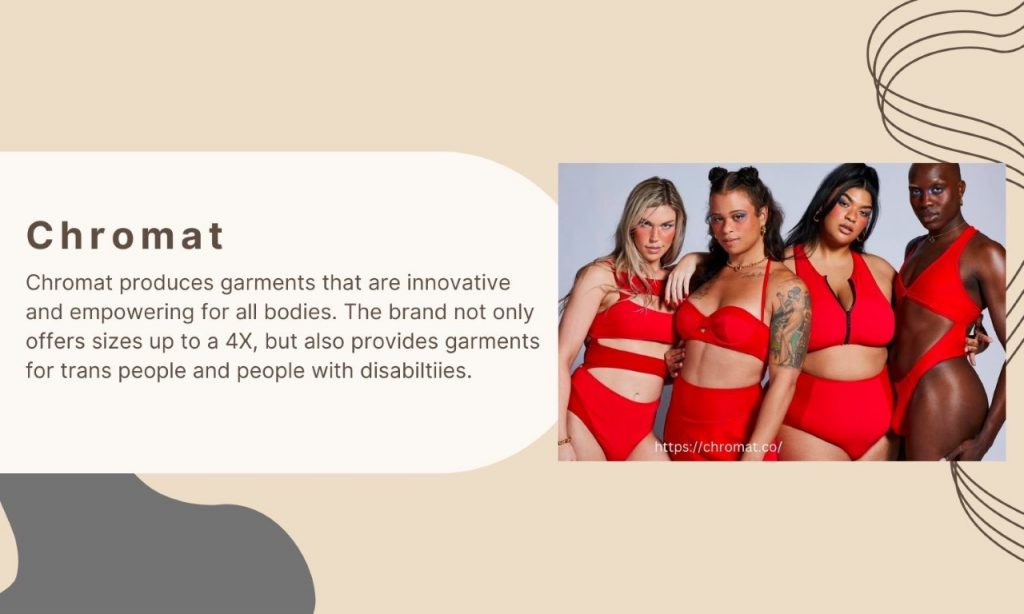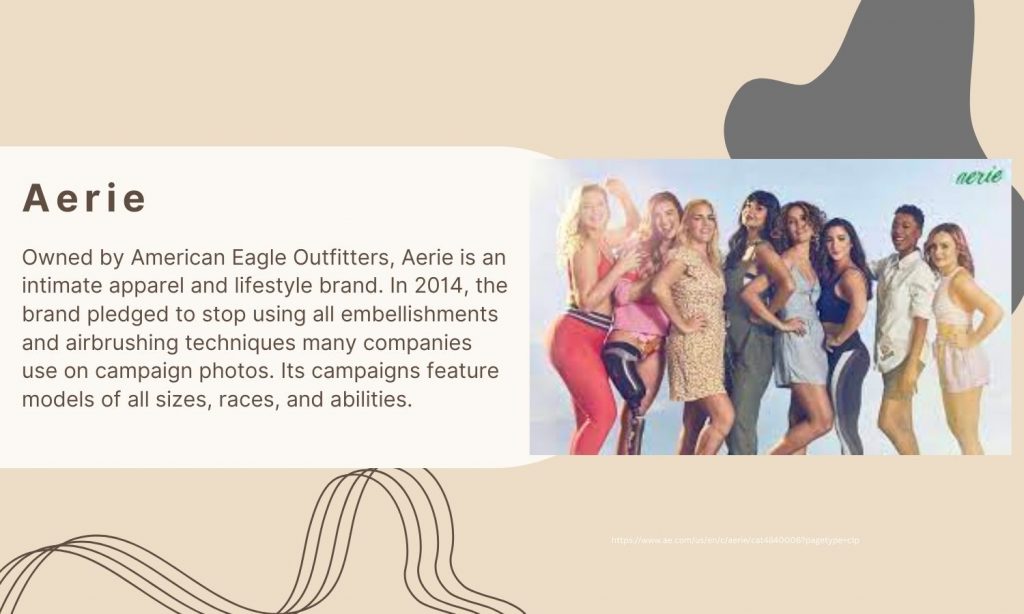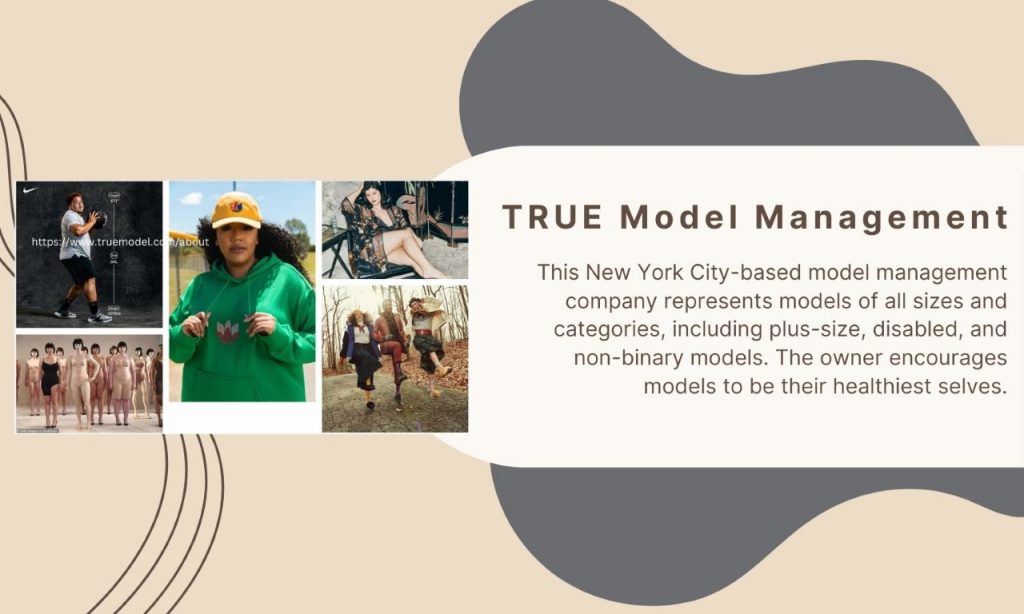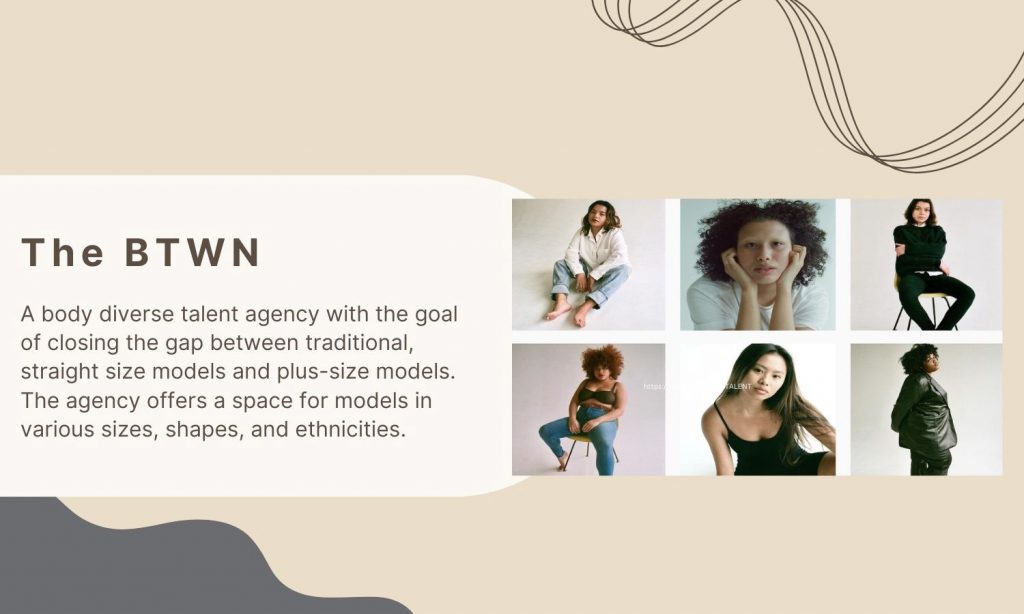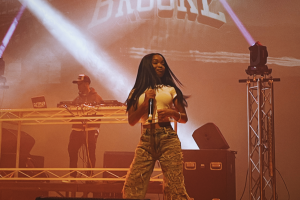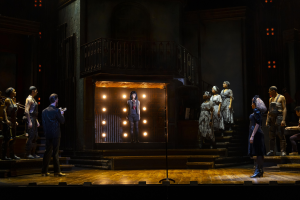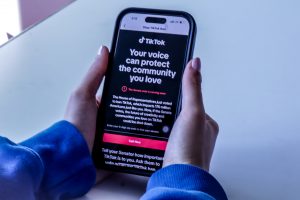Decades-old sizing traditions remain the toxic foundation of the modeling industry
Toxic traditions remain the foundation of the modeling industry
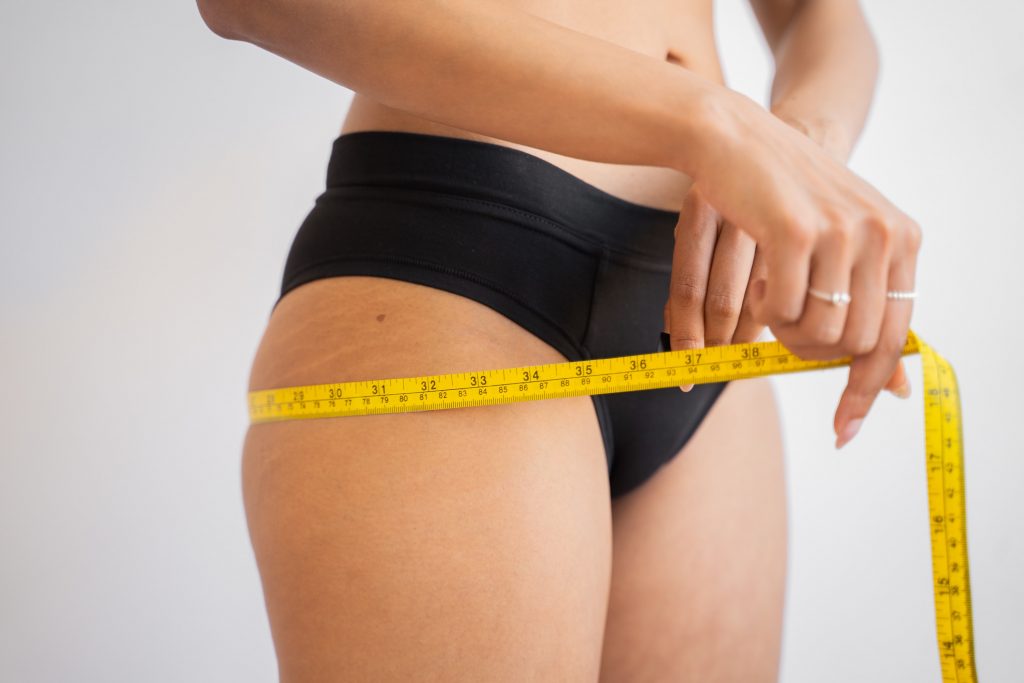
My legs shake down to the three-inch heels beneath me as I stand, gripping my portfolio book, in the empty elevator going up to the penthouse floor of yet another New York City high-rise.
When the elevator doors open, I make my way to the front desk and sit in the waiting room surrounded by wandering eyes, judgment and tension from the girls around me whom I’ve already deemed as smaller and prettier.
My name is called and I enter through the double doors into a room straight out of America’s Next Top Model. I am paraded through the open room, every set of eyes looking me over, before being led into a small conference room completely exposed to the rest of the building through glass windows.
This is the part I dread. I strip to my black string bikini and stand in front of a hanging white background. A woman wraps the tape measure around me as I suck in to constrict my size 4 body, trying to make myself as small as possible. She starts the measurements at my waist and then slides down to my hips.
Leaving the building, I wonder: Was I good enough? Small enough?
Soon after I’d get the “you’re just a little too big, come back when you get those hips down,” message. Only 17 years old and another failed attempt at entering the modeling industry.
Unfortunately, I am not the first model to be told to lose weight when she has nothing left to lose.
The pressure for models to shrink their bodies to fit the unrealistic measurements designers set in place is not a recent phenomenon. But in a society that talks so much about body size, acceptance and diversity, it’s hard to imagine it is still happening today. The Body Positivity Movement started in 1996 to encourage inclusivity and acceptance of all body types, skin tones, genders and physical abilities, and encouraged brands to do the same in their campaigns and marketing.
In recent years, there’s been a positive and necessary increase in the number of plus-size, or “curve,” fashion models across social media platforms. According to a recent Boston University study, the pressure to include body diversity that represents actual women in America (those at a size 14-16) has likely contributed to the increase in plus-size models. But the BU study also found that the top ten highest paid models in Forbes wear between a size zero and a size four, encouraging the standard measurements of a model to remain a 32” bust, 24” waist and 34” hips, at a height of at least 5 foot 9.
Noa Abbenhuis, an ex-model who took part in the New York, Milan and Paris Fashion Weeks, confirms that the strict measurements are common knowledge among most people in the industry. Designers create clothing in only one or two sizes, and if the model doesn’t fit the clothes they will find someone who does, Abbenhuis says.
Today, these measurements still dominate the runway. Demi Chien is a model and FIT student who recently completed her first New York Fashion Week. Chien says most of the models she saw walking the runway were the stereotypical skinny and tall girls who fit the predetermined measurements. She saw only one or two plus-size models in most shows and says that models between straight size and plus-size are rare to the scene.
Chien started modeling only a year ago, but she recognizes the unhealthy body type forced on models. At almost 22 years old, she is on the older side to start in the industry, as clients and agencies look for young, fresh models, she says. Entry into the industry at a young age perpetuates the body ideals of models by glorifying child-like features like thigh gaps and no hips.
“It’s so crazy to me how the normal age, a good age to start modeling, is when you’re 16 or 17,” Chien says. “But your body’s not even fully developed yet.”
Some believe the industry will never change and that small models are here to stay. A former model who now owns a modeling agency in Philadelphia and who asked not to be named for the protection of his company says this is just the way the industry is, and he doesn’t see it changing. He says designers will always prefer models who show off the clothes in the best way possible, without them bunching up or falling in a weird way.
“So that’s why they want you girls like fucking hangers, so they can just hang it on you, like the gown is floating down the runway or the outfit is floating down the runway,” the Philadelphia agent said.
Standard runway shows are meant to emphasize the clothing and not the model, so the models selected to work for high fashion brands must meet the strict measurements, says the president and founder of an inclusive modeling agency in NYC, who asked to not be named due to the sensitivity of the subject. But with the new need to be inclusive—or at least seem inclusive—brands will throw a few plus-sized models into their shows to appease viewers.
“High fashion has pretty much always been 5 foot 9 and taller, a size zero to four,” she said. “They got so much negative publicity about it, and then they went ‘OK, now we need plus and that’s gonna balance it out.’”
Small sizes take over the runway because of the sample size designers use when creating clothes. According to the Philadelphia agent, this cuts down the cost of production as less fabric means less money. In his opinion, it doesn’t matter if the designer wants to use models of different body types and sizes or be inclusive.
“It comes down to dollars and cents,” he said. “If you’re just making a sample size, why are you going to make it 10 feet big when you can really only make it two feet big and cost yourself $20 as opposed to spending $100.”
Designing on a sample size is not a new idea. Yoko Katagiri, a fashion economics professor at FIT, says designing for a sample size makes the most sense for designers in the long run. By creating one size, designers save time and money.
“All the materials, labor and time involved can be on a much smaller scale,” says Katagiri. “So the use of the material can be more sustainable when they are trying to develop the ideas.”
But Cha Cha Hudson, a fashion designer and professor at Syracuse University, says that cost and time efficiency are not the real reason designers don’t incorporate plus-sizes in their collections. It will always cost more for designers to produce more of anything, whether that be larger sizes or more samples of small sizes. Part of the design process is manufacturing, and there will always be a cost associated with production, according to Hudson.
“I think a lot of people use that as an excuse to not venture into class size,” Hudson said.
One way to lower costs while also including plus and other size options includes cutting down style options, Hudson said. Instead of making multiple styles, designers can cut spending by creating a few styles and offer them for both straight and plus sizes. In addition, Hudson notes companies are quick to create brand add-ons, like accessories, or a home category, but refuse to offer plus-size, making it hard to believe that their actual issue is with the cost of production.
Unless it’s high fashion, a lot of clients and brands are scared to request models who are white or too skinny out of fear they will be called out online for not being inclusive or for promoting old-fashioned ideals. For a long time, tall, skinny models with blonde hair and blue eyes flooded the modeling industry. Now, these models are the ones who work the least because diversity is a key focus for brands in the industry, the NYC agent said.
There is more space for larger sizes in the modeling industry today than there were 20 or even 10 years ago. According to the NYC agent, these opportunities fall in commercial modeling for product marketing and brand campaigns. With commercial, models are not required to be over 5 foot 9 or wear runway sizes.
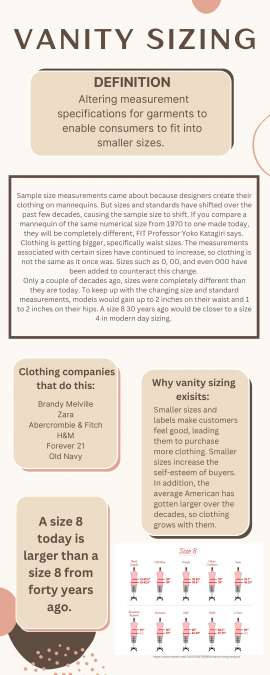
Despite this, Hudson explains that most of the plus-size models we see in the media are not actually plus-size.
In an attempt to seem inclusive, brands will use models larger than the size zero and size two norm and label them as plus-size, even though they are not, Hudson said. According to Hudson, a plus-size model is defined as wearing size 14 or larger. Instead of using true plus-size models, some brands select models in the in-between sizes, like a size 8 or 10, who can pass as plus-size on the runway. So while brands are in fact using larger models, true plus-size models cannot book jobs because brands represent smaller models as plus.
“It kind of reminds me of greenwashing,” Hudson said. “If you really don’t want to venture into plus-size, then your next best option is to pretend like you’re interested and have one or two models walk the runway, but are not representative of the plus-size population.”
This misrepresentation is most likely an attempt to make more money. After Hudson’s students worked with an undisclosed company on a class project and realized there were no larger models on their website, she started to ask questions. The company told her that when they used models above a size 14, sales dropped. “So from there they reverted back to using smaller-size models,” Hudson said.
The industry is constantly changing, and brands and clients are now more open to different types of uniqueness and being representative, the NYC agent said. Today, her agency gets requests for larger sizes of models, disabled models and more. Clients mention every detail in their model requests, like body shape, height and skin tone.
“They usually want latte or darker,” she said. “They’ll say something like ‘unique’ or ‘ethnically ambiguous.’”
At the end of the day, the modeling and fashion industries are a business and they focus on what brings financial success.
“A lot of brands are very data driven,” she said. “And the numbers are showing that if you’re representing more people and have clothes to offer more people, you’re gonna make more money.”
Given the statistics showing inclusivity and representation bring in higher profit and more customers, it feels like there should be more genuine change happening in the industry.
But the decades-old traditions remain the foundation of the industry and continue to put pressure on women and models to fit into a certain size, whether that be a double zero or plus-size.
To this day, I am still told to lose weight to fit into unrealistic measurements, just as I was told when I was 17 years old in that New York City high-rise.

